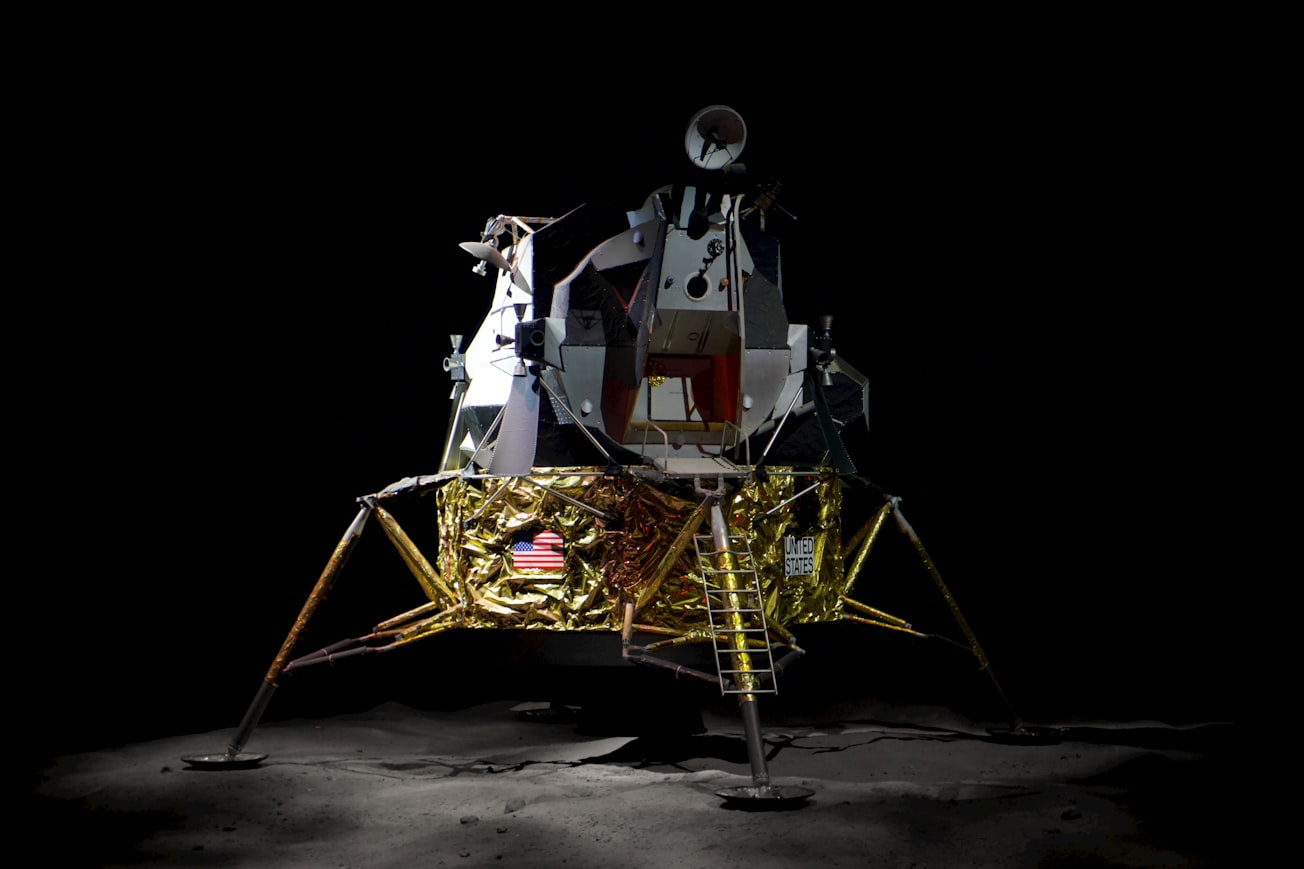What is it about?
The objective of the work is to provide a guideline for the trajectory and operations design for Phobos exploration. Families of bounded orbits around the target (i.e. 3D resonant quasi-satellite orbits) are computed. The effective stability region of the bounded orbits is analyzed. This information can be practically applied to the design of orbits with desired stability properties and characteristics for observation.
Featured Image

Photo by Brian McGowan on Unsplash
Why is it important?
1) The linear stability of quasi-satellite orbits (QSO) does not sufficiently indicate the effective stability. It is necessary to look into operation-related stability. 2) The stability analysis is done in the spatial high-fidelity model, which covers the 3D orbits interesting to Phobos exploration, and reveals the freedom of injection timing and robustness to operations. 3) Horizontal and vertical resonances that influence the solution space and stability region are discussed.
Perspectives
Mission concepts to explore Martian moons have been extensively studied and proposed. However, the orbit design and stability analysis for the proximity operations around Phobos are yet completed. This paper presents strategies of computing families of 3D QSO and analyzing the effective stability in terms of operation safety, which reveals the effective stability region around Phobos as well as low-altitude and high-inclination stable orbits for operations.
Hongru Chen
Observatoire de Paris
Read the Original
This page is a summary of: Effective Stability of Quasi-Satellite Orbits in the Spatial Problem for Phobos Exploration, Journal of Guidance Control and Dynamics, December 2020, American Institute of Aeronautics and Astronautics (AIAA),
DOI: 10.2514/1.g004911.
You can read the full text:
Contributors
The following have contributed to this page










